Turtle-back Style?
jmcat
16 years ago
Related Stories

HOUZZ TOURSMy Houzz: Airy Global-Chic Style for a New Austin Home
White walls and natural light shine a spotlight on this couple’s laid-back minimalist-meets-bohemian style
Full Story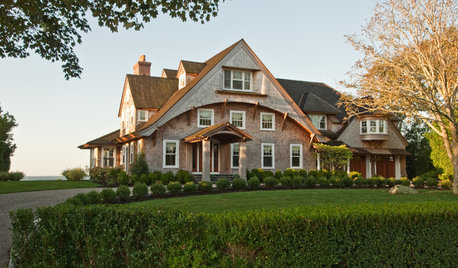
ARCHITECTURERoots of Style: Shingle Style Is Back — Here's How to Spot It
Intimate or rambling, in the coast or by the sea, Shingle homes are seeing a revival. Has your home joined in?
Full Story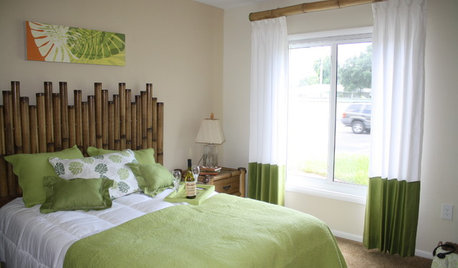
ACCESSORIESEvoke Laid-Back Style With Bamboo Curtain Rods
Exotic and durable, bamboo curtain rods and rings make for an easygoing look at an affordable price
Full Story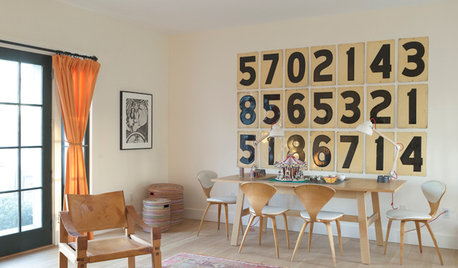
SHOP HOUZZShop Houzz: Back-to-School Style
Go back to school in spirit with furniture and decor inspired by your favorite subjects
Full Story0

TROPICAL STYLEMy Houzz: New York Chic and Laid-Back Hawaiian Style on Maui
A relocating New Yorker designs an island home influenced by her former city life
Full Story
HOUZZ TOURSMy Houzz: Laid Back With Lots of Style
Casually artful, this stylist’s house gleams with abundant sunlight, open spaces and creative vignettes
Full Story
FURNITUREToday's Recliners Let You Kick Back in Style
Give your design a leg up with comfy recliners that look great, too
Full Story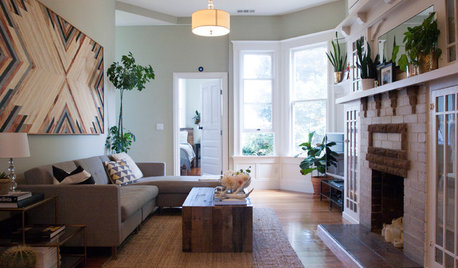
MY HOUZZMy Houzz: Laid-Back Style in a San Francisco Home
These first-time homeowners re-create the beach vibe of their SoCal hometown in a 1902 Victorian flat
Full Story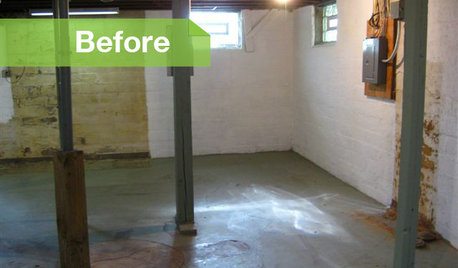
BASEMENTSBasement of the Week: Modern Style Converts an Empty Concrete Box
From raw wasteland to fab living, sleeping and storage space, this snazzy basement now covers all the angles
Full Story








lucy
greenman28 NorCal 7b/8a
Related Professionals
Medford Landscape Contractors · Fairfield Landscape Contractors · Los Banos Landscape Contractors · Madera Landscape Contractors · Palos Verdes Estates Landscape Contractors · Pleasant Hill Landscape Contractors · Waltham Landscape Contractors · Wayland Landscape Contractors · Welby Landscape Contractors · Framingham Decks, Patios & Outdoor Enclosures · High Point Decks, Patios & Outdoor Enclosures · Lake Morton-Berrydale Decks, Patios & Outdoor Enclosures · Larkspur Decks, Patios & Outdoor Enclosures · West Bloomfield Township Decks, Patios & Outdoor Enclosures · Eustis Decks, Patios & Outdoor EnclosuresjmcatOriginal Author
lucy
jmcatOriginal Author
lucy
greenman28 NorCal 7b/8a
jmcatOriginal Author
greenman28 NorCal 7b/8a
jmcatOriginal Author
greenman28 NorCal 7b/8a
jmcatOriginal Author
greenman28 NorCal 7b/8a
will_heath
jmcatOriginal Author
HU-988078433